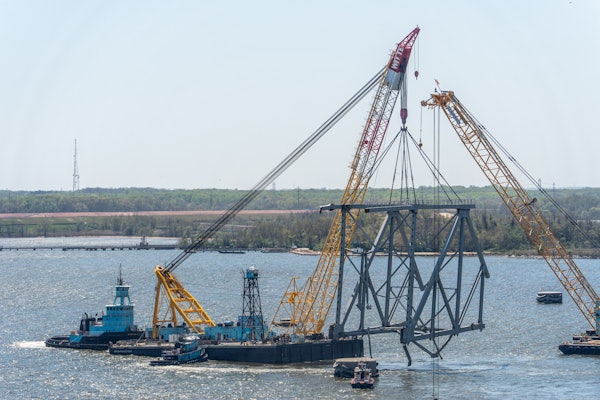Caltrans’ Complete Streets policy has been recognized as one of the nation’s leading examples of safe, smart transportation policy according to a new nationwide analysis conducted by the National Complete Streets Coalition (NCSC).
Caltrans ranked third among the top-scoring policies nationwide in NCSC’s 2011 annual report, which analyzed more than 350 complete streets policies adopted by states, regions, counties, and communities before Jan. 1, 2012. A complete street is a transportation facility designed and maintained to provide safe mobility for all users, including bicyclists, pedestrians, transit riders, and motorists.
“This recognition shows the priority Caltrans places on increasing safety and mobility for all travelers, and our support for bicycles, pedestrians, and transit as important elements of our transportation system,” said Caltrans Director Malcolm Dougherty in a press release.
The NCSC report highlights California’s policy as being especially strong in the areas of accommodating all users and modes of transportation and the implementation of the policy.
“There’s a growing understanding across the country that streets are something more than just a way to get from Point A to Point B in a car,” said NCSC Director Roger Millar in a written statement. “It’s a recognition that Caltrans is dedicated to making streets safer and more open to everyone, regardless of age, ability, income, ethnicity or mode of travel.”
Some of the notable Caltrans Complete Streets projects statewide include the following:
- Lake Tahoe: The Tahoe Regional Planning Agency gave a complete streets project their 2011 “Best in the Basin” award. The project on State Route 28 constructed nine miles of bike lanes from Tahoe City to Kings Beach and replaced passing lanes with a two-way-left-turn lane in most of the Tahoe Vista area. This has reduced speeds and provided room for pedestrians to safely walk along the highway.
- San Diego: The Interstate 5 Genesee Avenue Interchange Project constructed three miles of bicycle paths, replaced the existing overcrossing at Genesee Avenue with an improved bridge that accommodates additional vehicle lanes, sidewalks, and bicycle routes that link to transportation, employment centers, hospitals and the University of California, San Diego.
- Redding: Located on State Route 44 in Redding, the Dana to Downtown Project constructed a new ramp from Dana Drive to westbound SR-44, making it much easier for motorists to access downtown businesses, restaurants, schools, and the Shasta Regional Medical Center. A new pedestrian/bicycle path also now connects the Dana/Hilltop area to Turtle Bay and the city’s popular River Trail.
- Southern California: A new three-mile bikeway was built in 2011 along State Route 1 (Pacific Coast Highway), and the completion of this project created a continuous bikeway from Orange County to Long Beach and has further enhanced safety for bicyclists and pedestrians.
- Fresno: Curb ramps that meet standards set in the Americans with Disabilities Act were constructed at various locations in the city of Fresno from Central Avenue to McKinley Avenue.
- Bay Area: A new pedestrian crossing (where previously prohibited) was built in Daly City on State Route 82 (El Camino Real) across El Camino Real to connect to a new transit plaza at John Daly Boulevard and a nearby transit station; installed aesthetic crosswalk treatments at the El Camino/John Daly intersection; provided high-visibility crosswalks along El Camino Real.
For more information about Caltrans’ Complete Streets program, go to https://dot.ca.gov/completestreets.
Information on the National Coalition’s report can accessed at http://www.completestreets.org/webdocs/resources/cs-policyanalysis.pdf.









